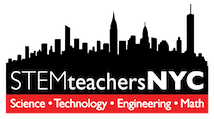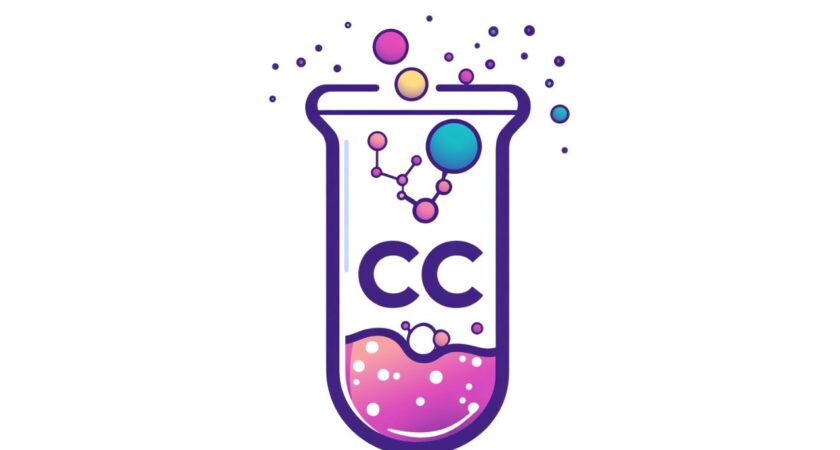In the Chemistry Working Group’s two meetings this month, participants engaged in a range of discussions aimed at improving both the teaching and learning of chemistry concepts. The first meeting focused on modeling approaches to help struggling students grasp fundamental concepts such as density, mass, and volume. Participants shared ideas for using hands-on activities, such as density cubes, plastic prisms, and calorimetry experiments, to help students visualize and understand these concepts. A particularly popular activity involved demonstrating how to boil water with a candle while minimizing wax loss, illustrating the principles of heat transfer. The group also discussed the stearic acid cooling curve, which allows students to observe the effect of mass on temperature change in a controlled experiment. These approaches are designed to make abstract concepts more accessible to students and encourage active participation in lab-based learning.
In the second meeting, the group addressed the integration of AI tools, like ChatGPT, into chemistry teaching. Group leaders identified this discussion as a highlight of the meeting, focusing on how AI can be used to make scientific literature more approachable for high school students, differentiate assignments based on student capacity, and create rubrics well aligned to learning goals. The discussion also turned to the challenges educators face in balancing the demands of the Regents curriculum, which requires 30 labs, with the goal of fostering a deeper understanding of chemistry. Participants highlighted the importance of teaching scientific skills, such as measurement, error analysis, and the use of the periodic table, while navigating the constraints of standardized tests. A major concern was adapting the curriculum to accommodate students with diverse learning needs, particularly in co-taught classrooms. The group discussed how to better support students with varying reading levels and how to teach advanced concepts at a manageable pace for all learners.
A key theme throughout both meetings was the ongoing challenge of meeting administrative expectations while ensuring students receive a comprehensive and engaging chemistry education. The group explored ways to communicate with administrators about pacing, lab requirements, and the importance of allowing flexibility in the curriculum to prioritize student understanding over rigid test preparation. The group also shared strategies for making complex topics, like electron configuration and periodic trends, more engaging and accessible for students. Overall, the discussions emphasized the need for a thoughtful and balanced approach to teaching chemistry that considers both student needs and standardized testing requirements.
These meetings underscored the group’s commitment to creating engaging, hands-on learning experiences for students while navigating the pressures of curriculum requirements and administrative expectations. The Chemistry Working Group meets on the first and third Thursday of every month. You can use this form to sign up for the Chemistry Working Group and any of STEMteachersNYC’s other, excellent working groups.
Note: summaries are written with aid of AI text software

